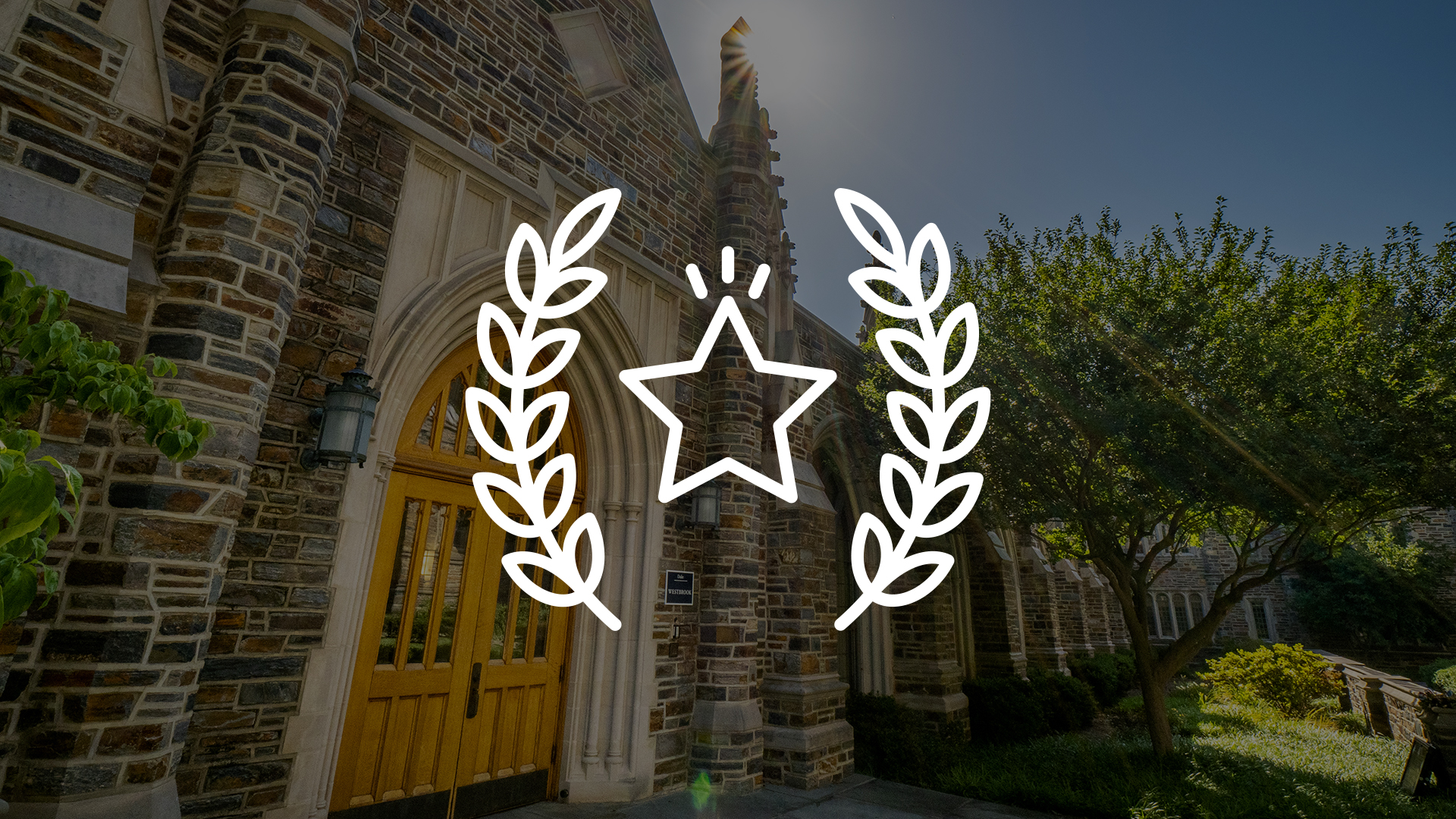
These Student Entrepreneurs Are Taking Climate Solutions Beyond the Classroom
Students from Duke’s Design Climate program are moving forward with two entrepreneurial programs.
We’re sorry—the news story you were looking for has been archived.
Please see the most recent stories below.

Students from Duke’s Design Climate program are moving forward with two entrepreneurial programs.

Duke Engineering faculty garnered a wide array of awards and recognitions over the first half of 2025.

From Bolivia to Eswatini and from newbie to co-president, follow Anya Dias-Hawkins’ 4-year journey with a student organization that allowed her discover what it truly means to be a civil engineer.